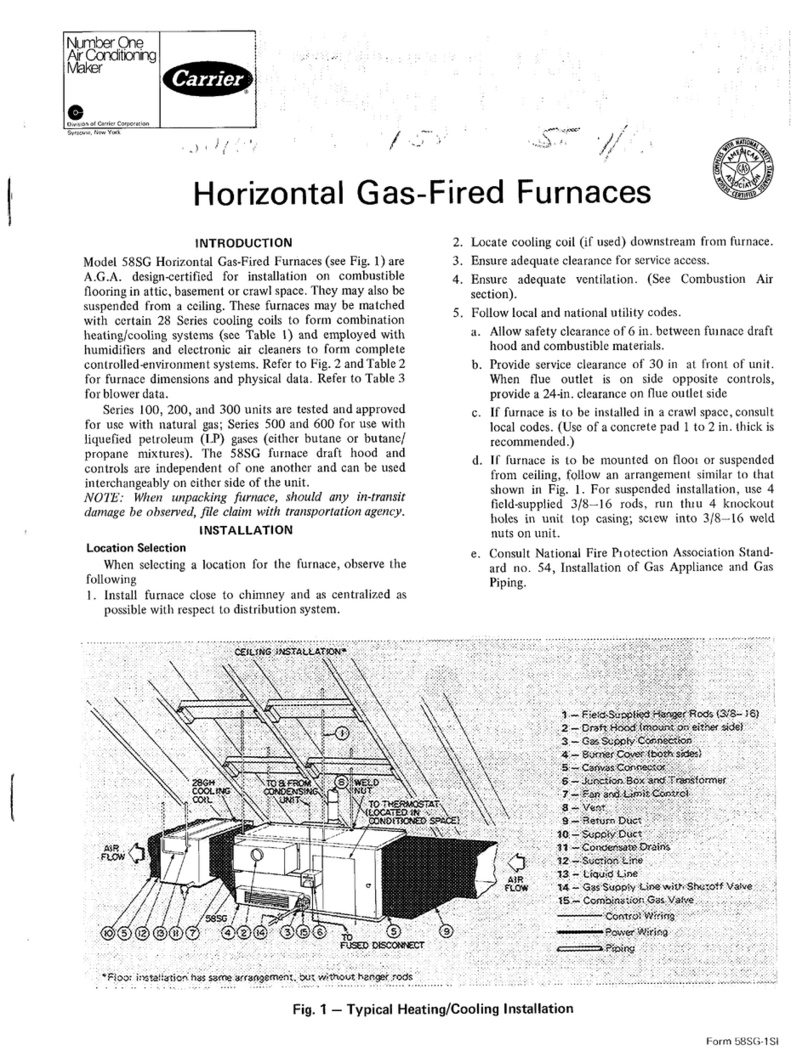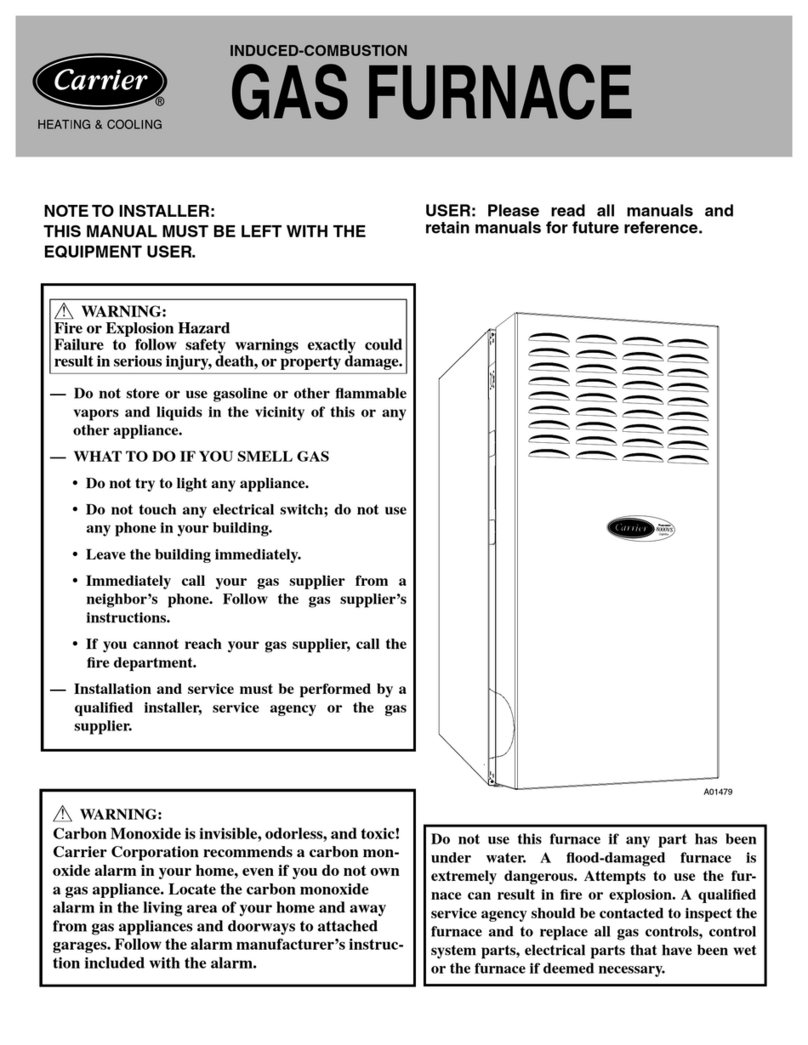Carrier 58ST Guide
Other Carrier Furnace manuals
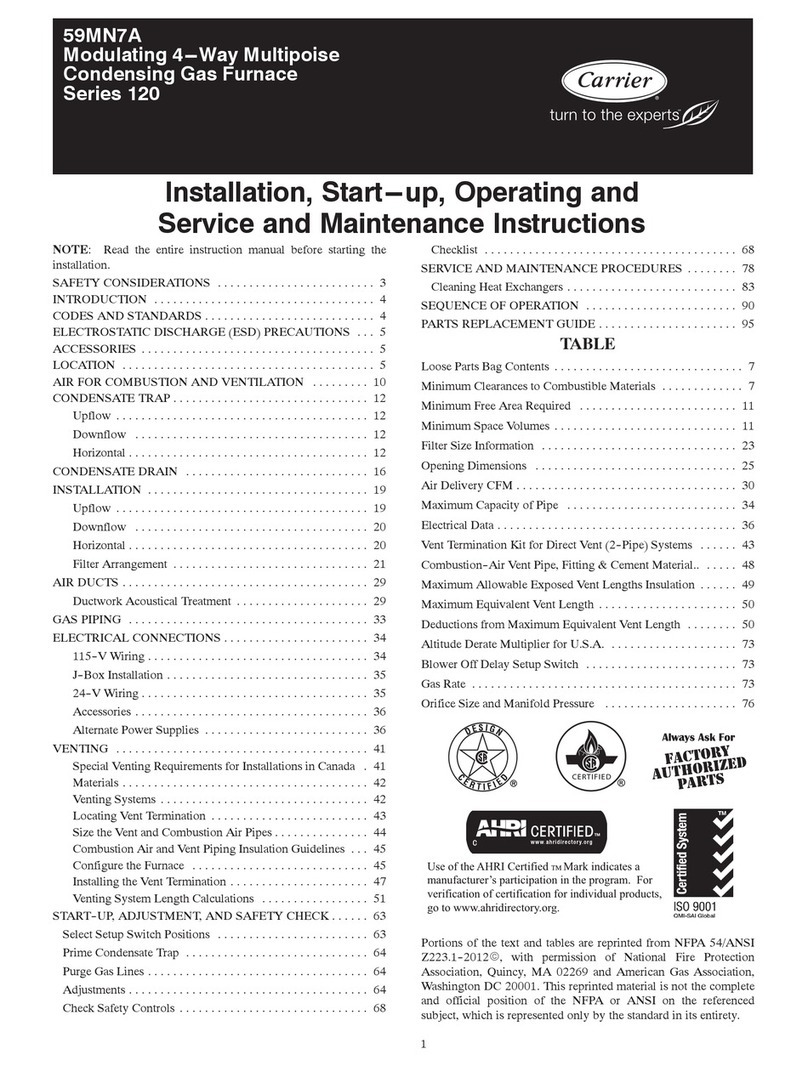
Carrier
Carrier 120 Series User manual

Carrier
Carrier UPFLOW INDUCED-COMBUSTION FURNACES 58PAV Instructions and recipes
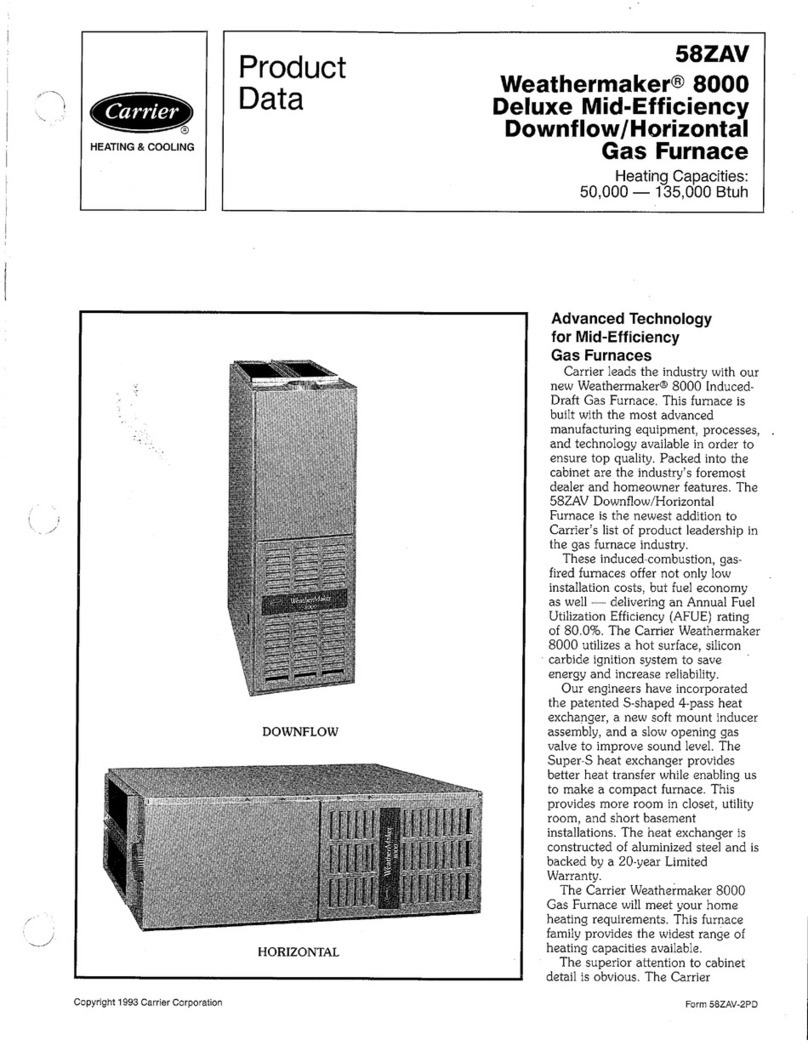
Carrier
Carrier 58ZAV Series Operation manual
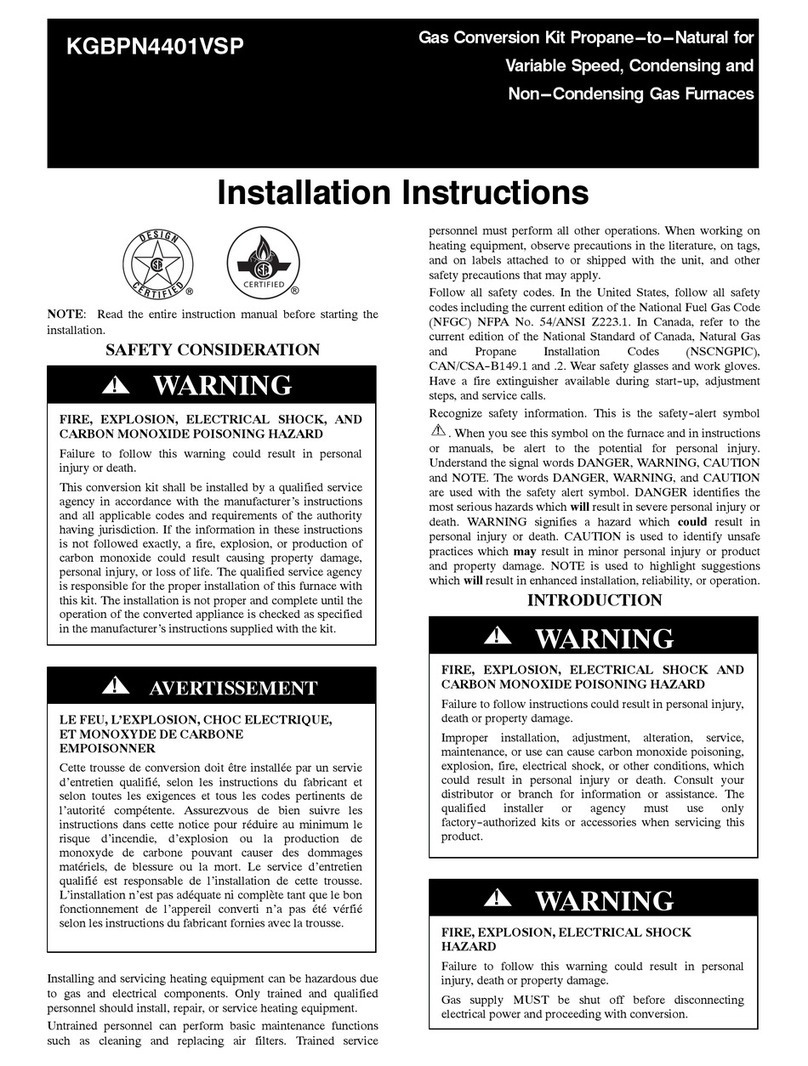
Carrier
Carrier KGBPN4401VSP User manual
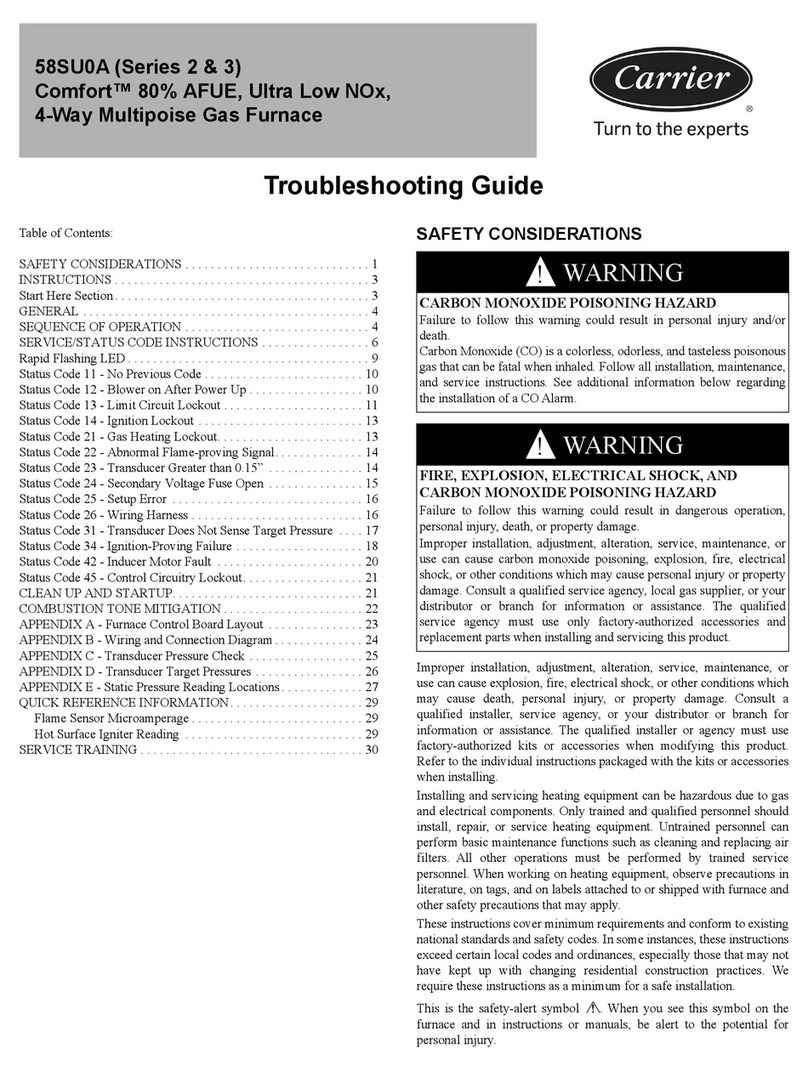
Carrier
Carrier 58SU0A Series User manual
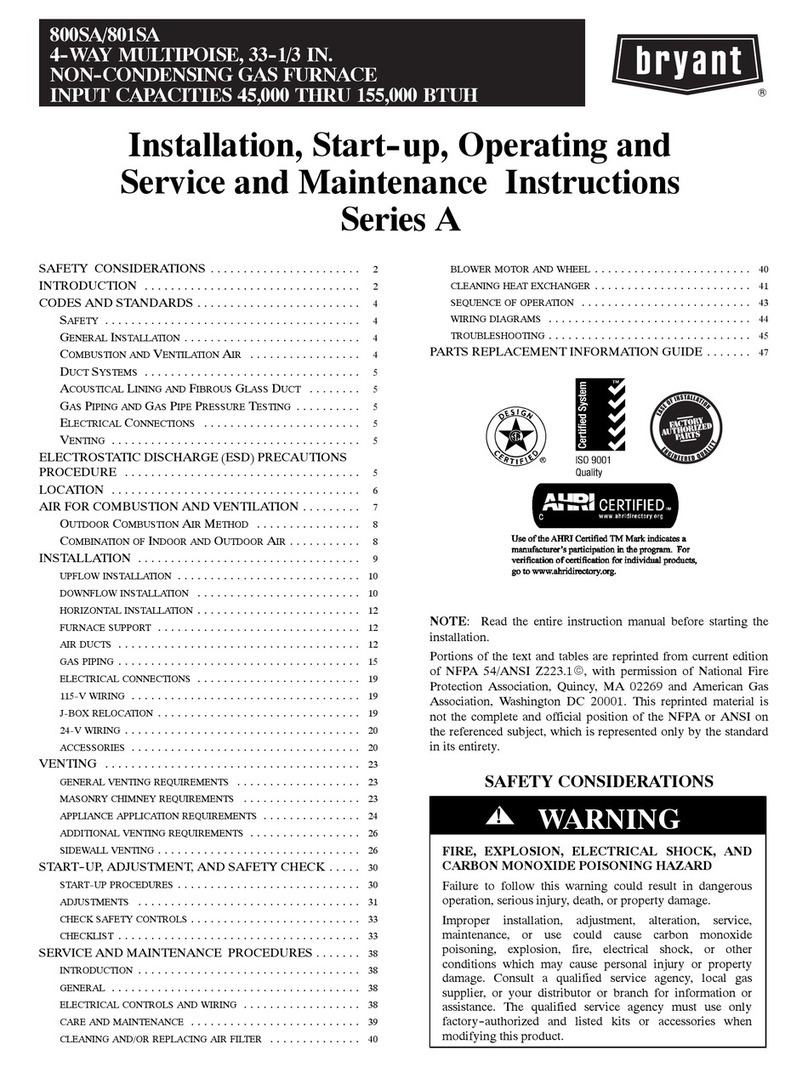
Carrier
Carrier 800SA Guide
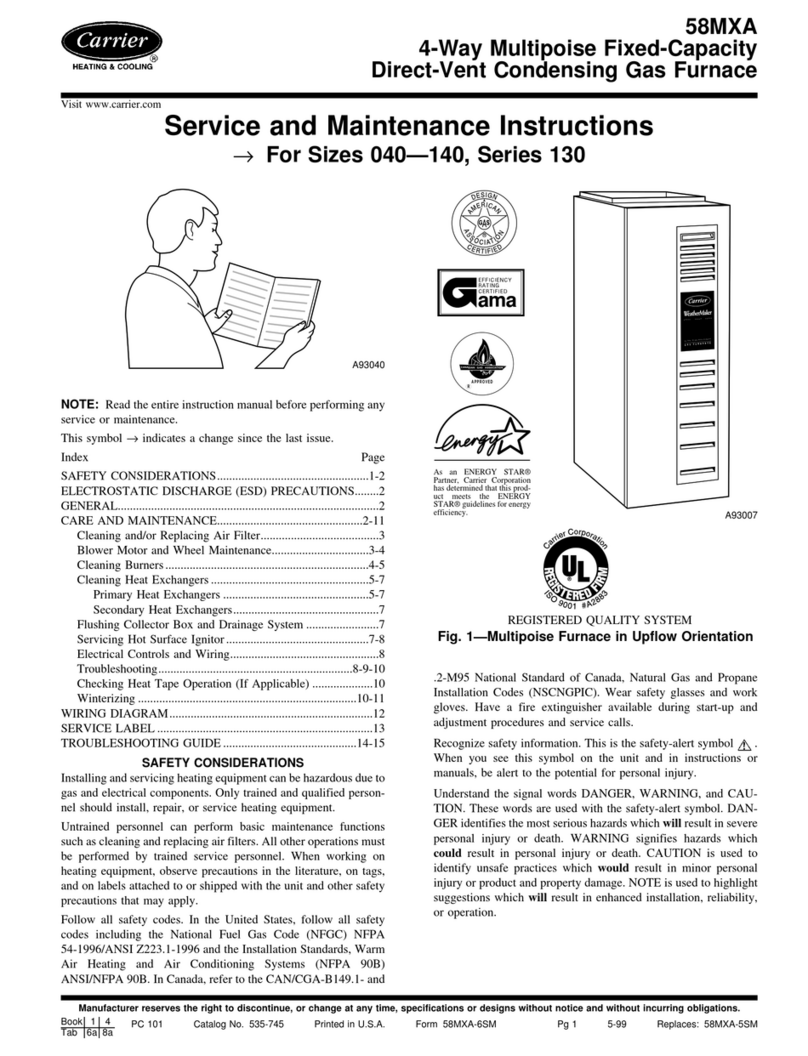
Carrier
Carrier GAS FURNACE 58MXA Installation and user guide
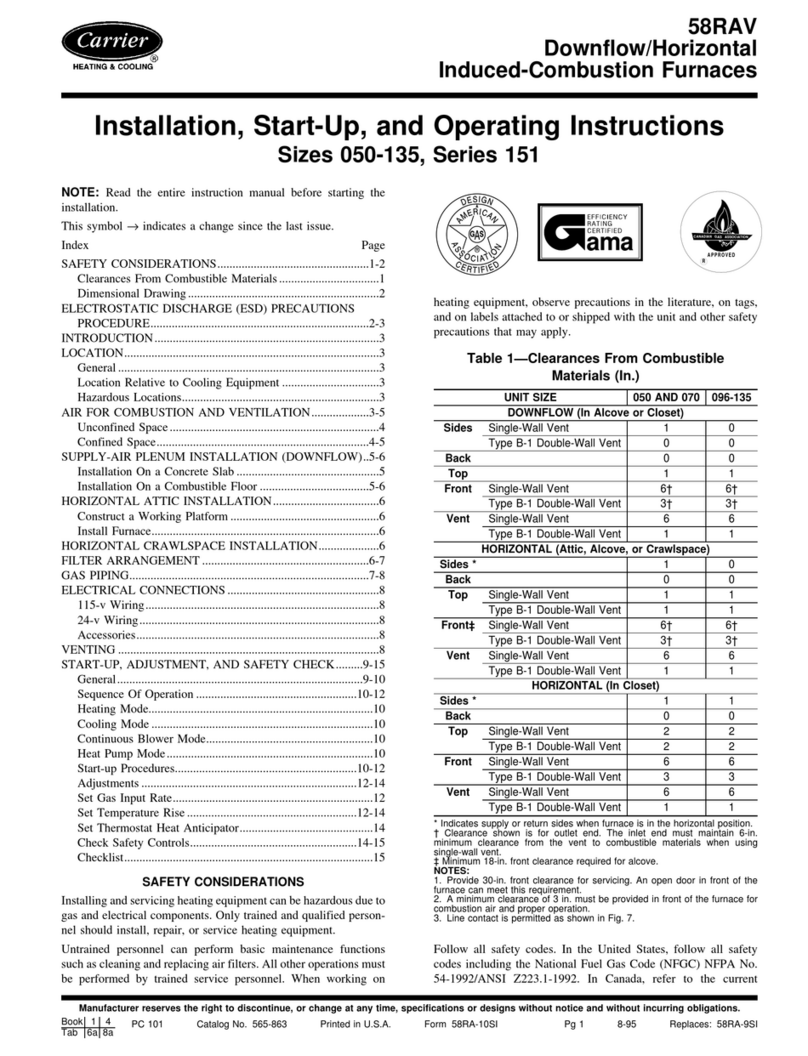
Carrier
Carrier 58RAV Series Instructions and recipes
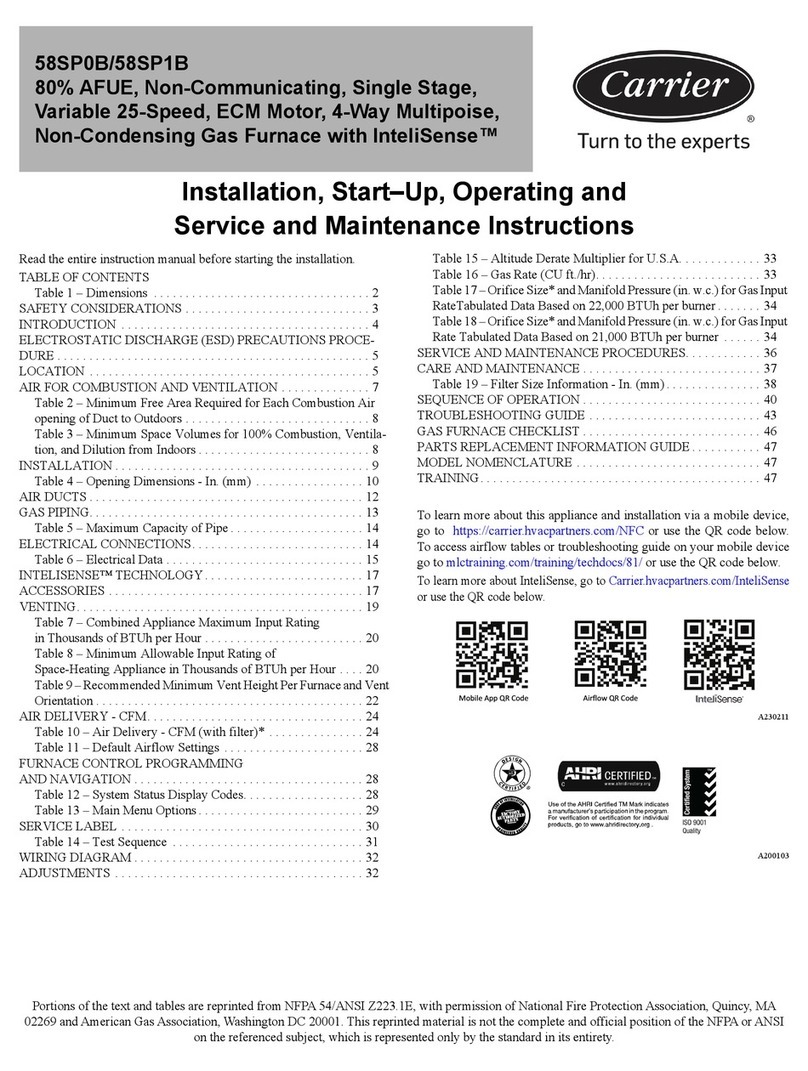
Carrier
Carrier 58SP0B Guide
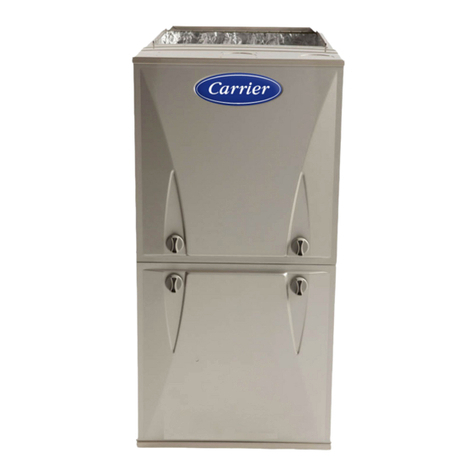
Carrier
Carrier 59SC2C Series Guide

Carrier
Carrier 58DXT Installation and user guide
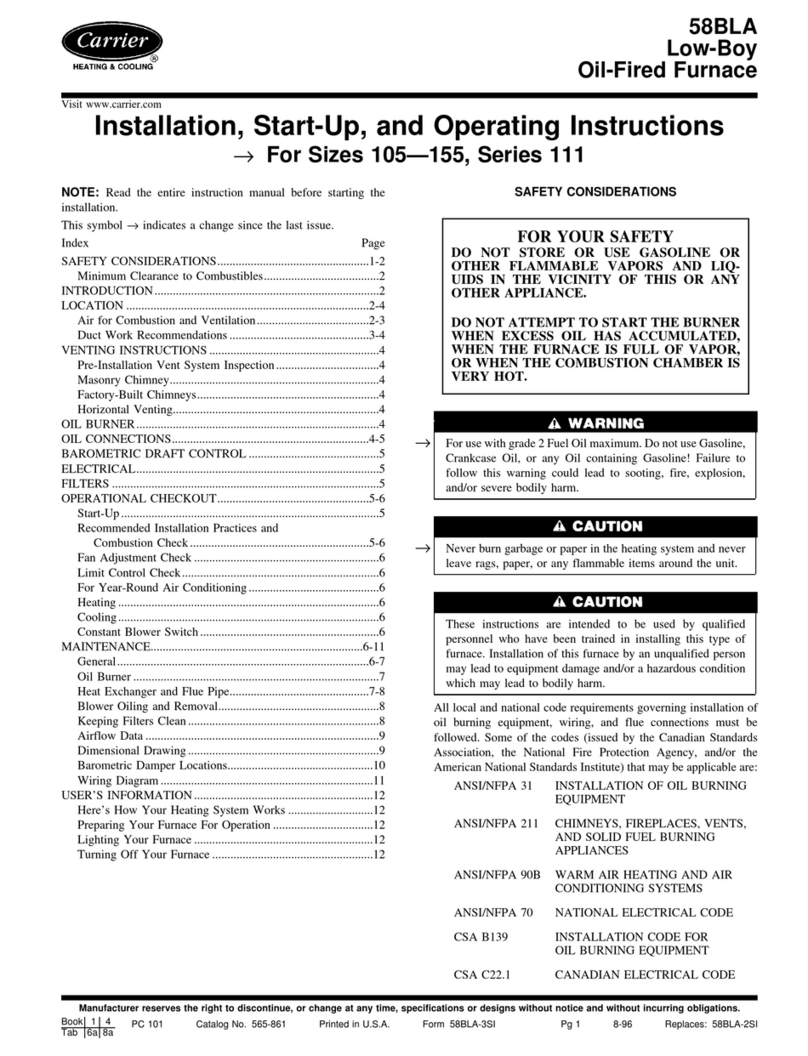
Carrier
Carrier 58BLA Instructions and recipes
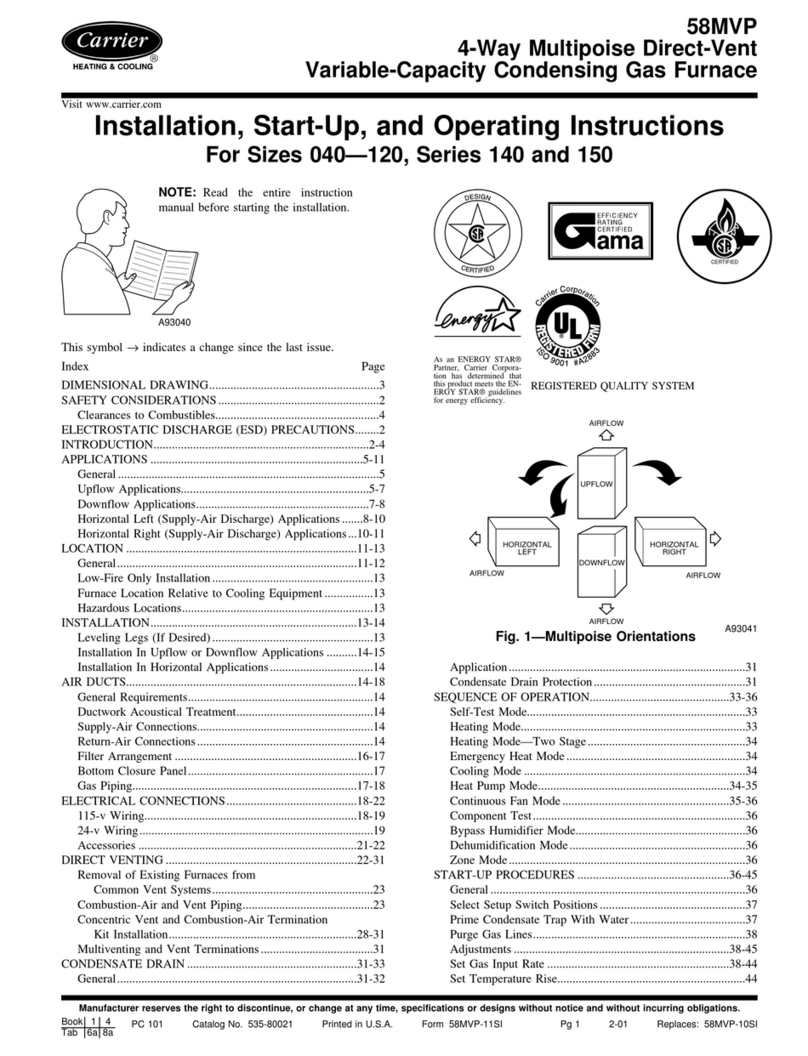
Carrier
Carrier 58MVP080 Instructions and recipes

Carrier
Carrier Induced Combustion Gas Furnace User manual

Carrier
Carrier Deluxe 58SX Dimensions and installation guide
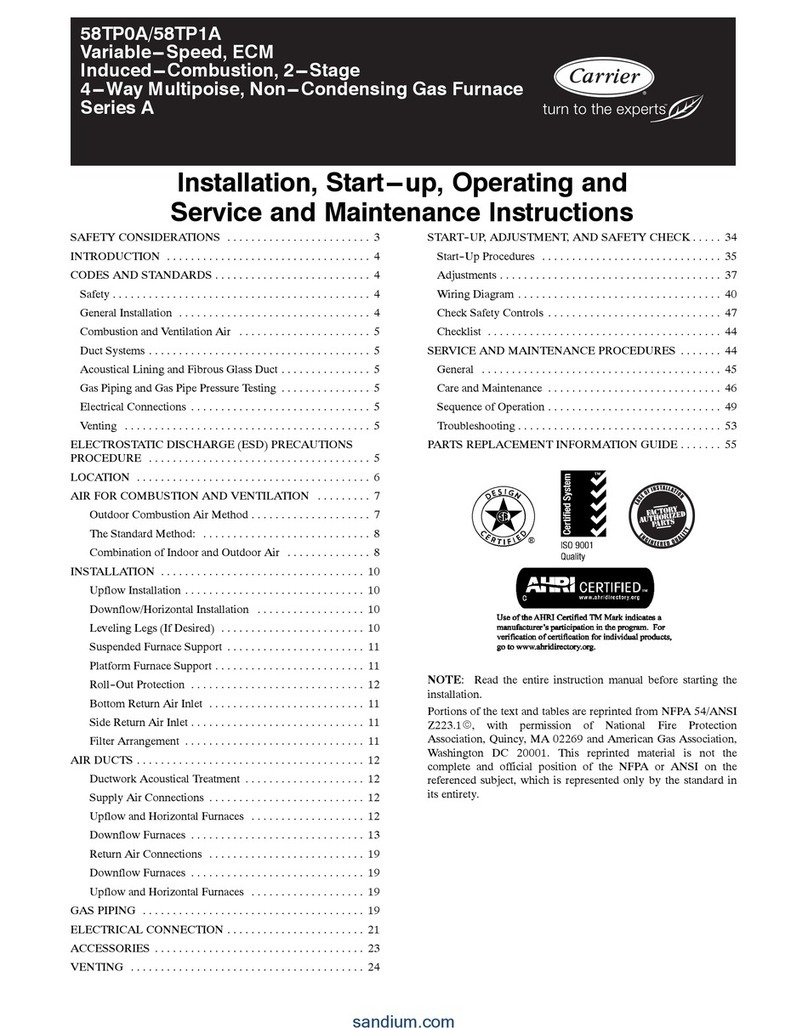
Carrier
Carrier 58TP0A Guide
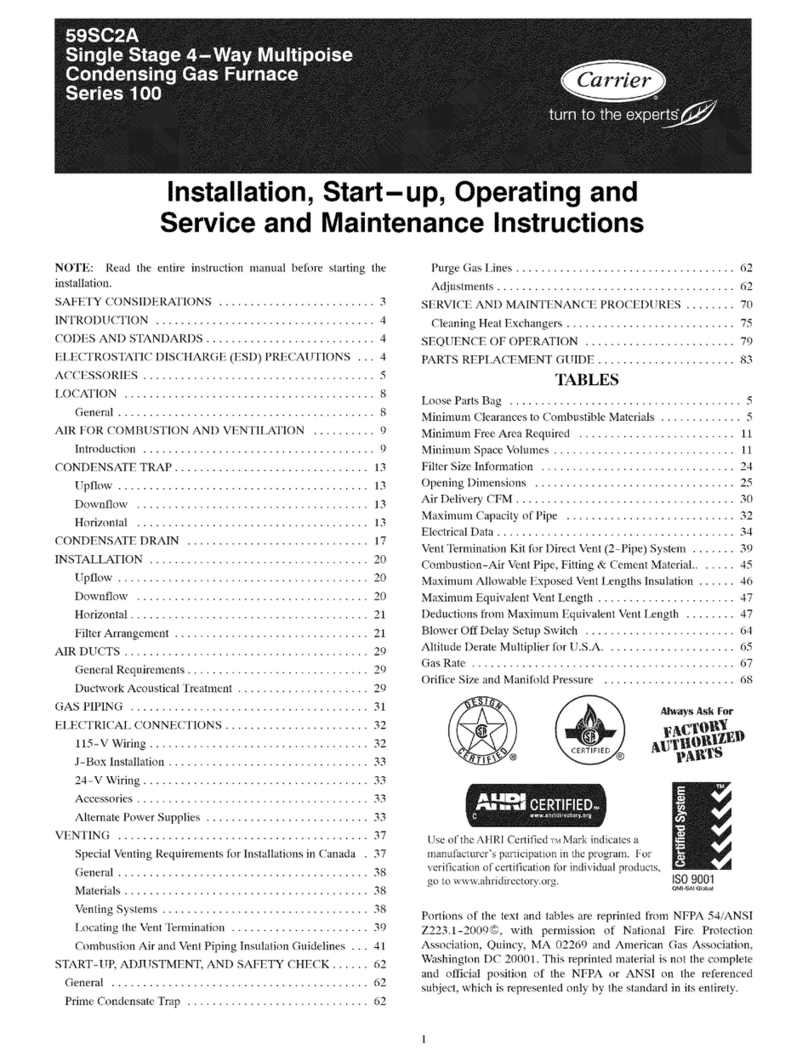
Carrier
Carrier 59SC2A Guide
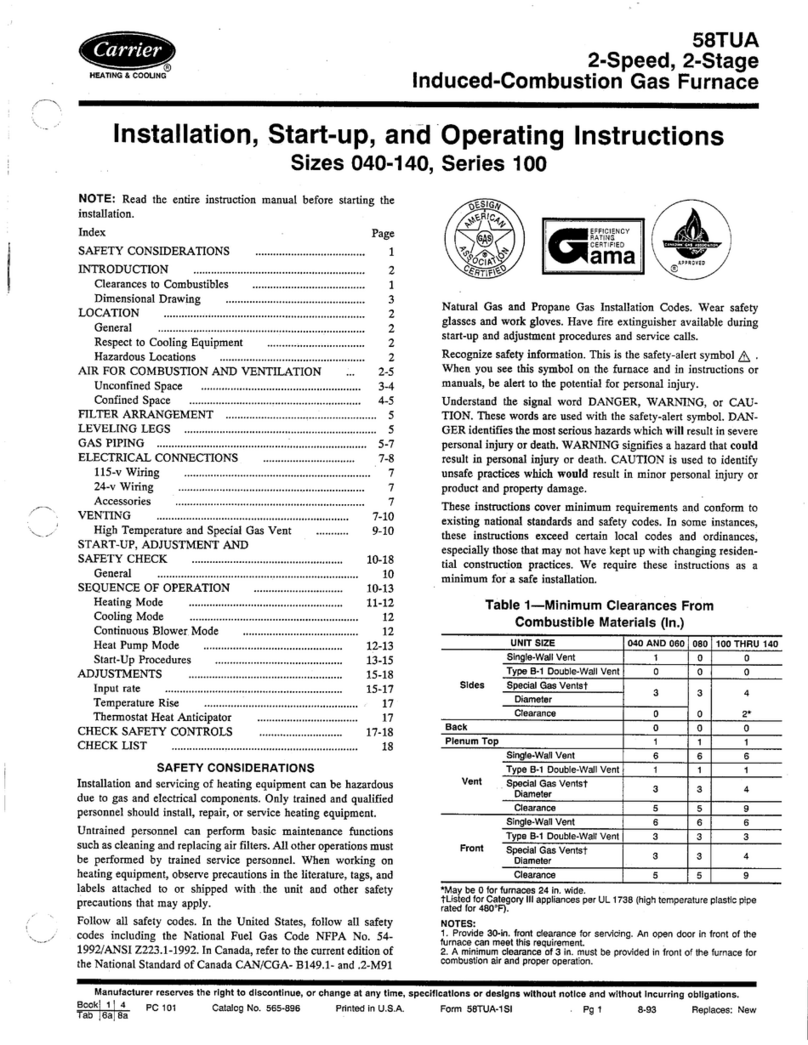
Carrier
Carrier 58TUA Instructions and recipes
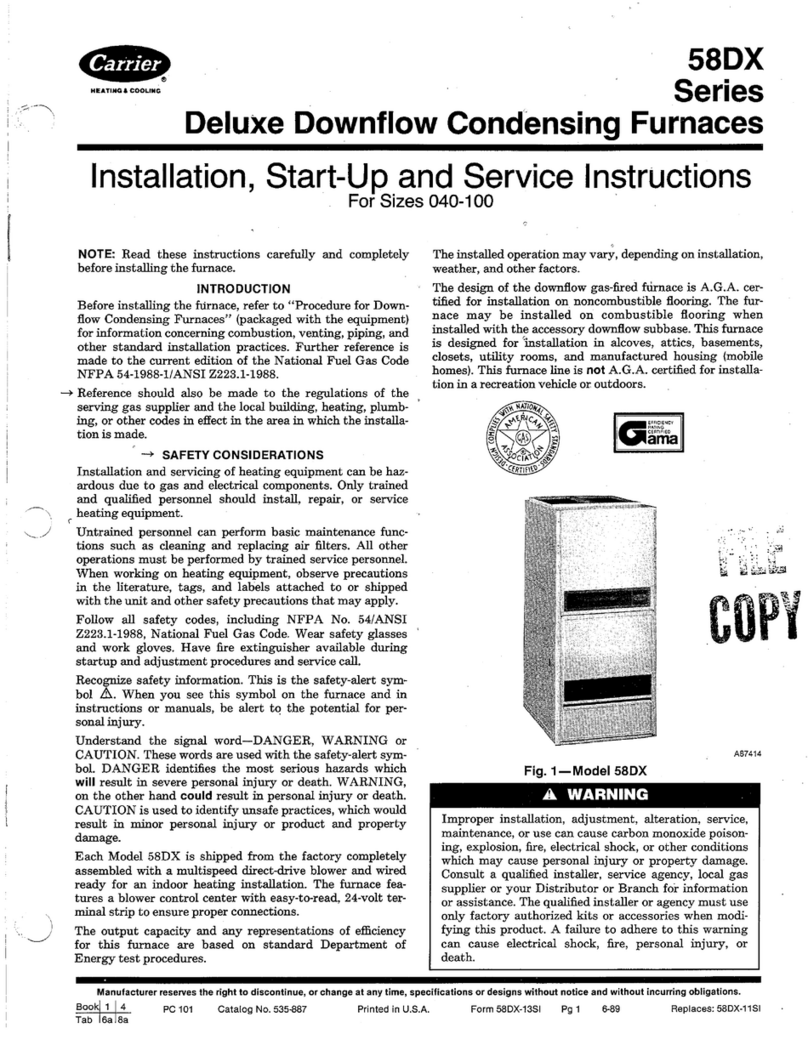
Carrier
Carrier 58DX Series Dimensions and installation guide
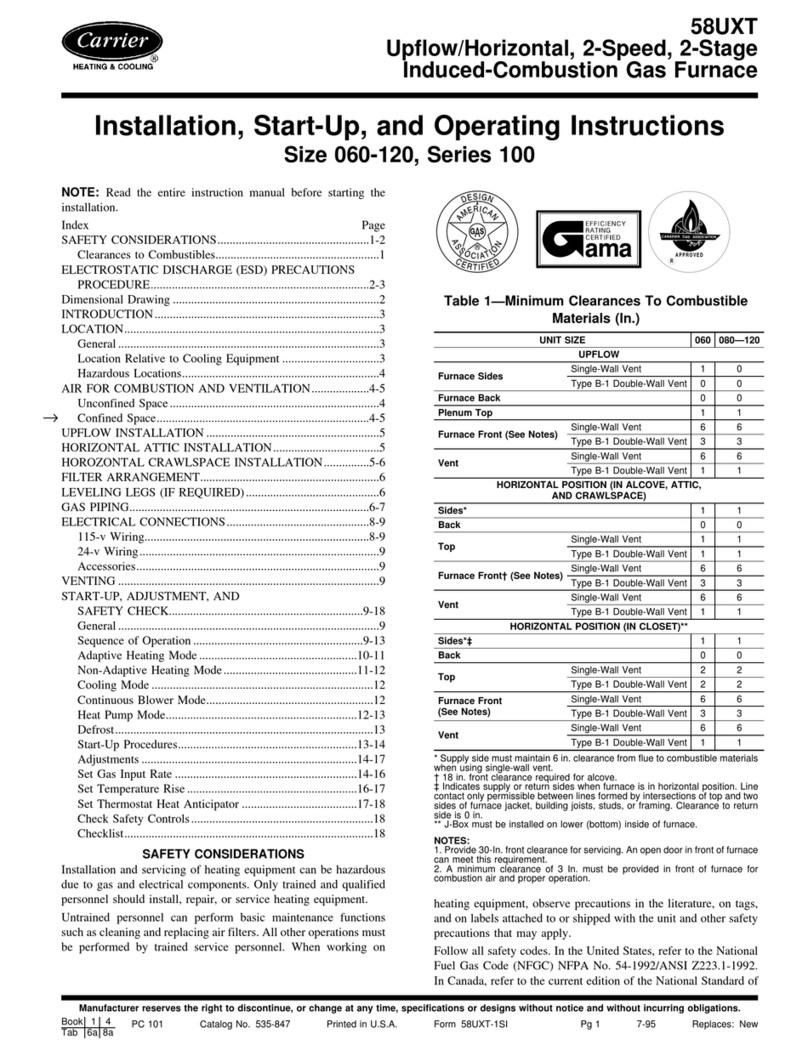
Carrier
Carrier 58UXT Series Instructions and recipes
Popular Furnace manuals by other brands

Unitary products group
Unitary products group AHV8 UH installation manual

VERDER
VERDER CARBOLITE GERO RHF 14/8 Installation, operation and maintenance instructions

Tempstar
Tempstar B Series Service and technical support manual

Armstrong
Armstrong EG7H SERIES Installation and maintenance instructions

Payne
Payne PG92ESA Installation, start-up, operating and service and maintenance instructions

NANOE
NANOE Zetasinter Operation manual

SUPREME
SUPREME FEM10-M2301CM-A Installation instructions and homeowner's manual

Johnson Controls
Johnson Controls TM9T User's information manual

Fluke
Fluke 9118A user manual

Lennox
Lennox EL195UHE Elite Series Unit information

Intertherm
Intertherm M7RL Series user manual

HDG
HDG Pelletmaster 15 Operation manual

Nortek
Nortek MG2S Series installation instructions

VERDER
VERDER CARBOLITE GERO ABF 8/28 Installation, operation and maintenance instructions

Goodman
Goodman GMV9 Installation & operating instructions

SUPREME
SUPREME SUP10-M2301C Installation instructions and homeowner's manual

Dettson
Dettson AMT400B34-SM1PMA Installation instructions and homeowner's manual

Evcon
Evcon DGD 60 MBH installation instructions
